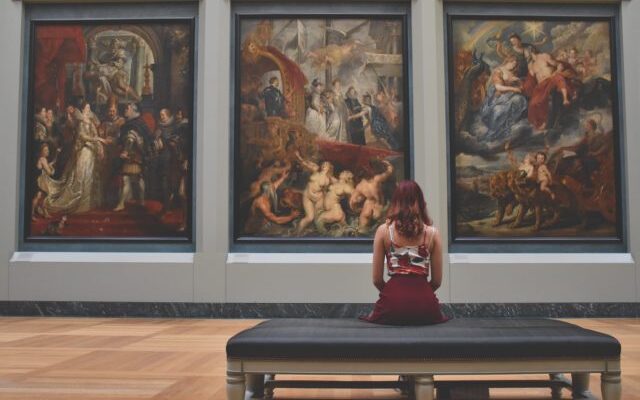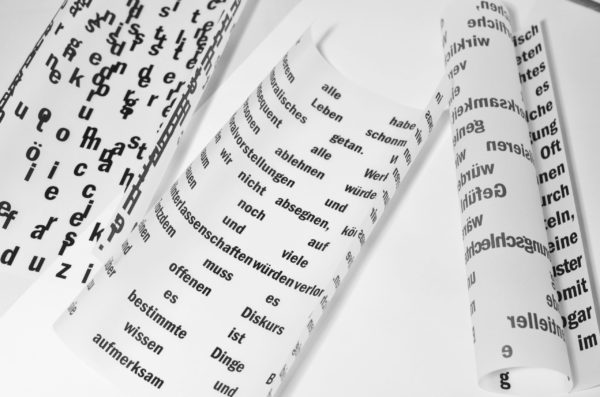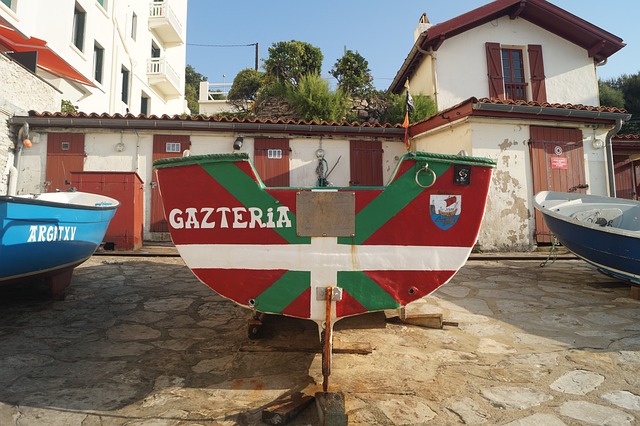Culture and art are universal goods that should be available to everyone. Globally, there are some 7,000 languages, of which between 150 and 200 are spoken by at least one million people. Can you imagine arriving at the British Museum and not enjoying your visit because the signage is only available in English? The translation for the arts and culture is of vital importance in today’s world.
The essence of arts and culture translation
There is no doubt that people receive information much better if it is in their native language. It is not enough to translate cultural web pages with an online machine translation tool. It is imperative to hire the professional services of a translator with training and experience in the field of arts and culture.
It is not simply a matter of translating a given text from one language to another, but of understanding the cultural context and being sensitive to the spiritual and moral nuances.
Translation for culture and the arts is not limited exclusively to the informative material that museums make available to visitors. Every museum, auction house and art gallery must have the best promotional materials to engage the public.
Cultural documents that should be translated
Many cultural centers choose to translate only the materials they create for their visitors. However, it is a big mistake if they aim to reach more people and become a point of reference.
Generally, the cultural documents to be translated are the following: audio guides, informative posters, brochures, maps and, in the case of auction houses, a complete list of the objects to be auctioned and a detailed description of each object.
Websites
In the digital age, it is essential to translate cultural websites, considering that 82% of users access the Internet to search for information. The website should be simple and translated into the language of the target audience.
Keep in mind that having a site in several languages, in addition to the country’s language and English, allows museums and art galleries to expand to new markets and generate visibility. This translates into more visitors and, of course, more prestige.
Translating a website into several languages gives you credibility and prestige, since users see this in a positive light and feel that the museum cares about people of other nationalities being able to access the information it offers.
What do you need in translation for arts and culture? First of all, choose the languages based on your potential customers’ nationalities. English is essential worldwide, but there may be others. Of course, it is necessary to have the services of a good translation agency, with a professional methodology and expert translators in their team.






